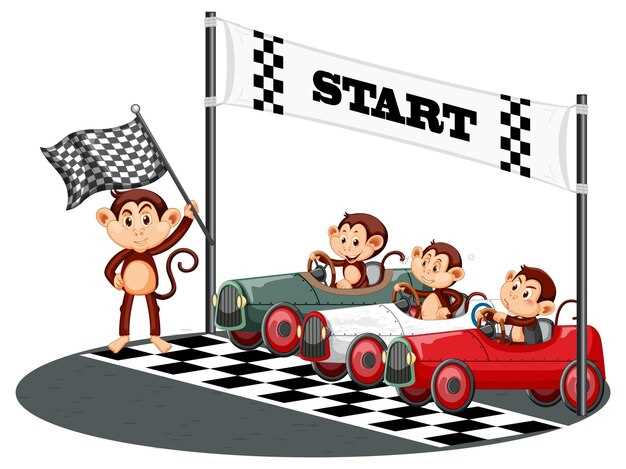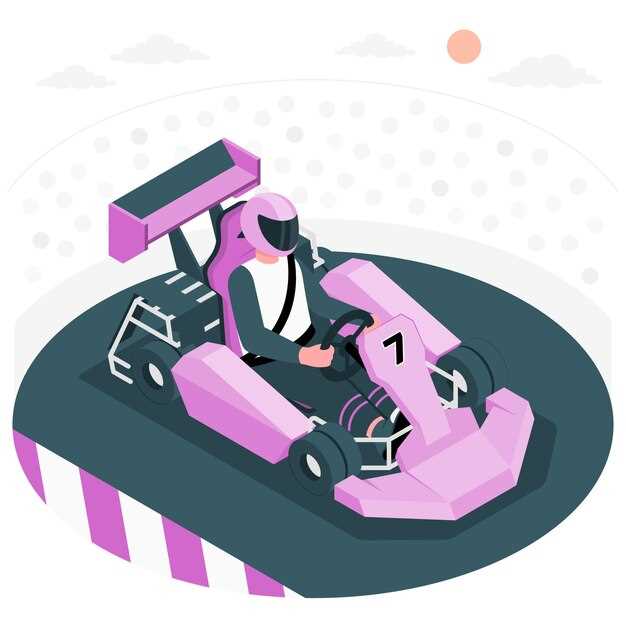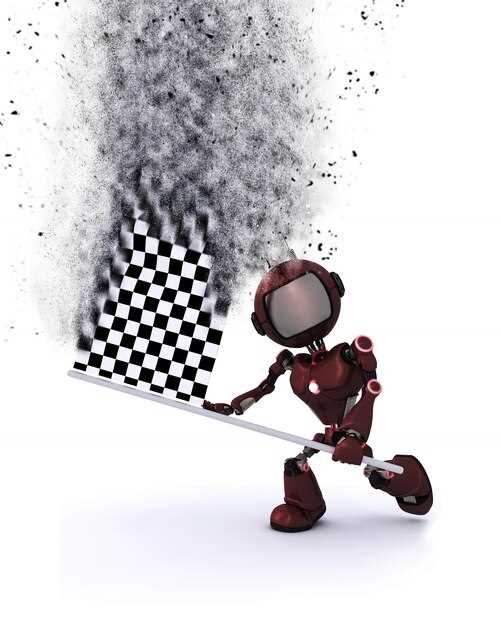
The journey from karting to Formula 1 represents a crucial ascent up the ladder of motorsports. For aspiring drivers, karting serves as the foundational stage where they develop essential skills, such as precision driving, racecraft, and understanding of race dynamics. This early exposure equips them with the tools needed to navigate the complexities of higher-tier racing.
As drivers progress, they encounter various challenges that test their resolve and adaptability. Transitioning from karts to entry-level single-seaters marks a pivotal moment in a racer’s career, where they must refine their technique in more powerful and faster vehicles. Each rung of the ladder brings new obstacles, but also opportunities to showcase talent and secure sponsorships, which are critical in the competitive landscape of motorsports.
The path to Formula 1 is not just about talent; it demands dedication, resilience, and strategic planning. Emerging talents must understand the importance of networking, team dynamics, and the ever-evolving nature of racing technologies. By mastering these elements throughout their career journey, drivers can transform their dreams of racing in F1 from a distant aspiration into a tangible reality.
Starting Point: How Karting Shapes Young Drivers

Karting serves as the foundational stepping stone in the journey of aspiring racers aiming for a career in motorsports. It provides a unique environment where young drivers can develop essential skills and gain invaluable experience behind the wheel. Similar to the full-sized racing cars they eventually aspire to drive, karts are engineered for performance and responsiveness, allowing drivers to grasp the fundamentals of vehicle handling and speed management.
Through karting, young drivers hone their reflexes, improve their spatial awareness, and learn the intricacies of racing lines and braking points on various track layouts. These fundamental skills are critical as they transition to higher levels of competition. Additionally, karting enhances their understanding of race strategy and decision-making under pressure, both of which are vital for a successful career in motorsports.
Moreover, karting provides an accessible platform for talent to be identified and nurtured. Many drivers start competing at a tender age, allowing for years of practice and refinement of their craft. This early exposure not only builds confidence but also fosters a competitive spirit, essential traits for those who aim to advance to prestigious racing series like Formula 1.
In conclusion, karting is not merely a leisure activity; it is a critical component in shaping the future of young racing stars. The skills acquired, the experiences gained, and the passion cultivated during these formative years can significantly influence their trajectory in the world of motorsports, paving the way for a successful career ahead.
Navigating the Racing Ladder: From Karting to Formula 4

The journey through the world of motorsports begins with karting, which serves as the foundation for many aspiring drivers. It is here that young talents develop essential skills such as precise steering, throttle control, and racecraft. Karting fosters a competitive spirit and teaches the importance of strategy, as drivers must learn to navigate tight corners and overtake opponents on various circuits.
As drivers master the art of karting, they often transition to entry-level formulas, such as Formula 4. This step represents a significant leap in a racing career, as it introduces more powerful vehicles and higher speeds. Formula 4 is designed to bridge the gap between karting and higher racing categories like Formula 3 or Formula 2.
In Formula 4, drivers receive advanced training and experience in a more structured environment. They gain exposure to professional teams, fostering valuable relationships that can greatly influence their motorsports career. Additionally, the series emphasizes the importance of physical fitness and mental resilience, both crucial components for success at higher levels.
A successful transition from karting to Formula 4 requires dedication and a strong commitment to improvement. Young drivers must continue honing their skills, learning from each race, and adapting to the dynamic nature of competitive motorsports. The ability to analyze performance data and seek feedback from coaches can significantly enhance their growth on the racetrack.
Ultimately, navigating the racing ladder from karting to Formula 4 is a challenging but rewarding process. It paves the way for aspiring racers to fulfill their dreams in the world of motorsports, bringing them one step closer to the elite ranks of professional racing. Each victory and lesson learned along the way solidifies their passion and drive, laying the groundwork for potential future success in higher racing categories.
Key Skills and Strategies for Transitioning to Formula 1
Transitioning from karting to Formula 1 requires a unique set of skills and strategies that are essential for success in highly competitive motorsports. Understanding these key elements can significantly enhance a driver’s chances of advancing their career in the world of racing.
First and foremost, drivers must develop exceptional driving skills. These include mastering racecraft, which involves understanding how to navigate tight corners, overtaking opponents, and managing tire wear during long races. Consistent practice in high-pressure situations, such as timed laps and competitive karting events, builds the necessary instincts for F1 racing.
Another critical aspect is physical fitness. Formula 1 drivers endure extreme G-forces and high temperatures in the cockpit. A rigorous fitness regime focusing on strength, endurance, and flexibility can help drivers manage these physical demands. Cardiovascular exercises, strength training, and nutritional balance contribute to overall performance and stamina.
Mental acuity is equally important in the transition to Formula 1. Drivers must possess quick reflexes and the ability to make strategic decisions under intense pressure. Engaging in mental exercises, such as visualization techniques and focus drills, can sharpen concentration and decision-making skills during races.
Understanding the technology behind modern Formula 1 cars is another fundamental strategy. Familiarity with telemetry, data analysis, and car setup can provide drivers with insights into optimizing performance. Collaborating closely with engineers and mechanics facilitates a better grasp of vehicle dynamics and how the car responds to various adjustments.
Networking and relationship-building play a vital role in a driver’s career path. Establishing connections within the motorsports industry can open doors for sponsorships, opportunities in driver academies, and partnerships with teams. Active participation in motorsports events and engaging with influencers in the field can lead to crucial endorsements and support.
Lastly, embracing a continuous learning mindset is essential. Stay updated with the latest developments in racing techniques, car technology, and rule changes. Attending workshops, driver coaching sessions, and simulator training can provide drivers with valuable insights that enhance their competitive edge.
